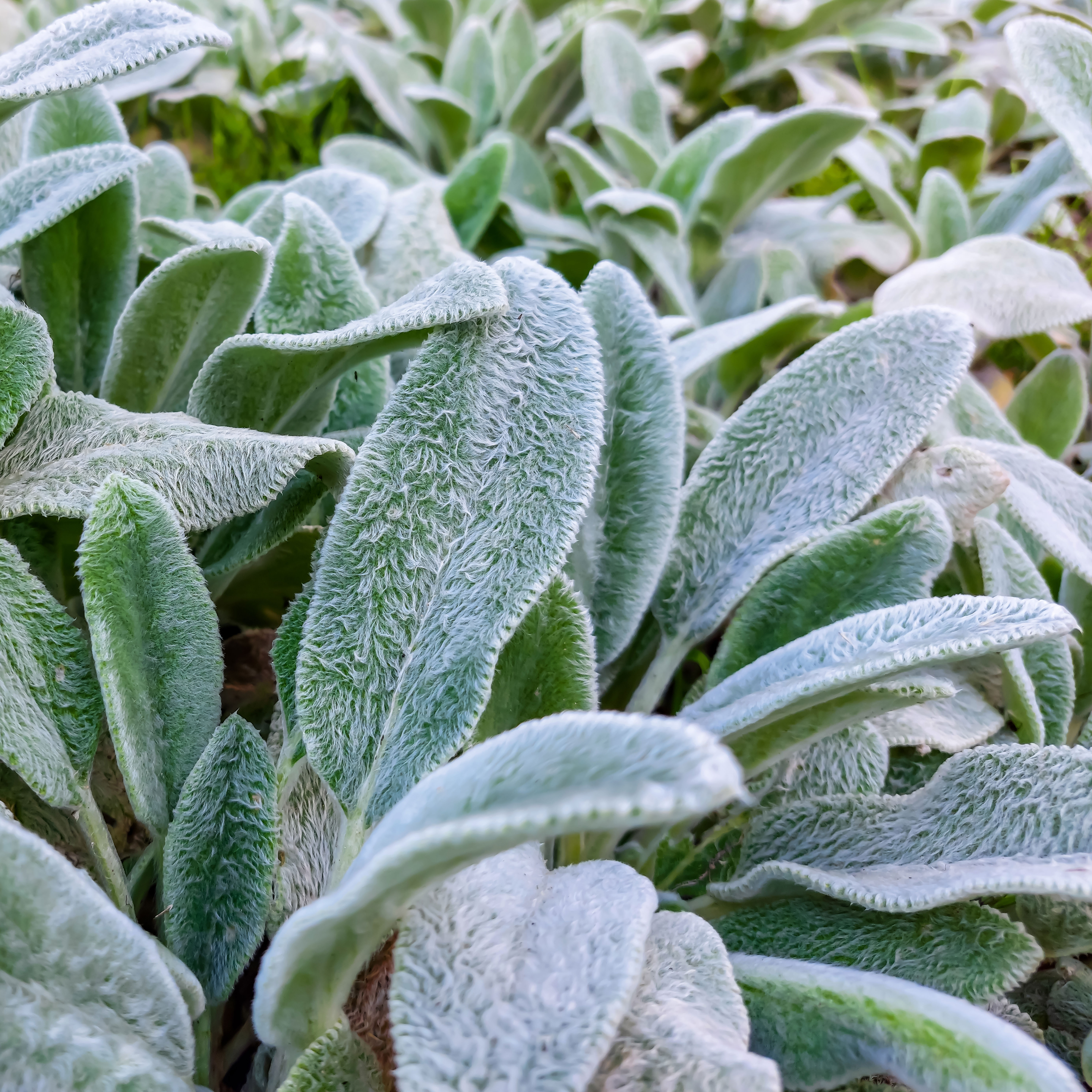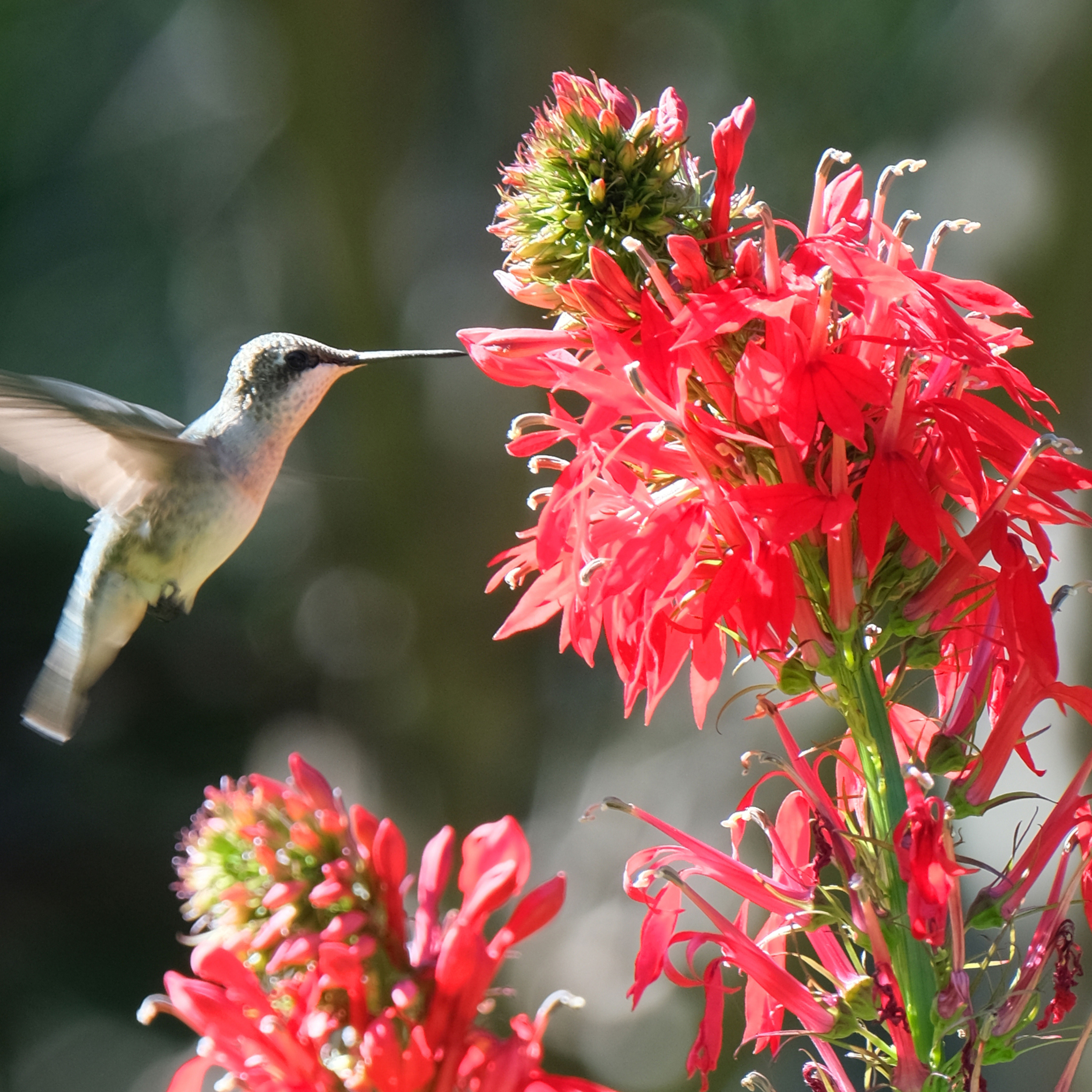Sago Palm Division: Tips On Splitting A Sago Palm Plant


Sago palms (Cycas revoluta) have long, palm-like leaves, but despite the name and the leaves, they are not palms at all. They are cycads, ancient plants akin to conifers. These plants are so lush and lovely that nobody can fault you for wanting more than one. Fortunately, your sago will produce offsets, called pups, which can be split from the parent tree and planted solo. Read on to learn about separating sago palm pups to produce new plants.
Can You Split a Sago Palm?
Can you split a sago palm? The answer to that question depends on what you mean by “split.” If your sago palm stalk has split, forming two heads, don’t think about dividing them. If you split the tree trunk down the middle or even chop off one of the heads, the tree will never heal from the wounds. In time, it will die. The only way to split sago palms is by separating sago palm pups from the parent plant. This type of sago palm division can be done without injuring either the pup or the parent.
Dividing Sago Palms
Sago palm pups are small clones of the parent plant. They grow around the base of the sago. Splitting a sago palm pup is a matter of removing the pups by snapping or cutting them off where they join the parent plant. When you are splitting a sago palm pup from a mature plant, first figure out where the pup attaches to the parent plant. Wiggle the pup until it pulls off, or else cut the narrow base. After separating sago palm pups from the parent plant, clip off any leaves and roots on the pups. Place the offsets in the shade to harden off for a week. Then plant each one in a pot a couple of inches (5 cm.) bigger than it is.
Care of Sago Palm Divisions
Sago palm divisions must be watered thoroughly when the pups are first planted in soil. After that, allow the soil to dry before adding more water. When you are dividing sago palms, it takes a pup several months to produce roots. Once you notice roots growing out of the drainage holes in the pots, you’ll have to water more frequently. Don’t add fertilizer until the pup has strong roots and its first set of leaves.
Gardening tips, videos, info and more delivered right to your inbox!
Sign up for the Gardening Know How newsletter today and receive a free copy of our e-book "How to Grow Delicious Tomatoes".

Teo Spengler is a master gardener and a docent at the San Francisco Botanical Garden, where she hosts public tours. She has studied horticulture and written about nature, trees, plants, and gardening for more than two decades. Her extended family includes some 30 houseplants and hundreds of outdoor plants, including 250 trees, which are her main passion. Spengler currently splits her life between San Francisco and the French Basque Country, though she was raised in Alaska, giving her experience of gardening in a range of climates.
-
 Looking For Plants To Give You The Soft And Fuzzies? Try These 5 Fuzzy Leaf Plant Options
Looking For Plants To Give You The Soft And Fuzzies? Try These 5 Fuzzy Leaf Plant OptionsLovers of texture, drama, silver foliage and tactile plants will adore these special sensory garden additions. These fuzzy leaf plant options will leave you all aglow
By Susan Albert
-
 Get Ready For A Summer Of Hummers! Grow These Full Sun Hummingbird Plants and Flowers
Get Ready For A Summer Of Hummers! Grow These Full Sun Hummingbird Plants and FlowersIf you’re lucky enough to enjoy a sunny backyard, make sure you are maxing out on your pollinator opportunities and grow these full sun hummingbird plants and flowers
By Tonya Barnett